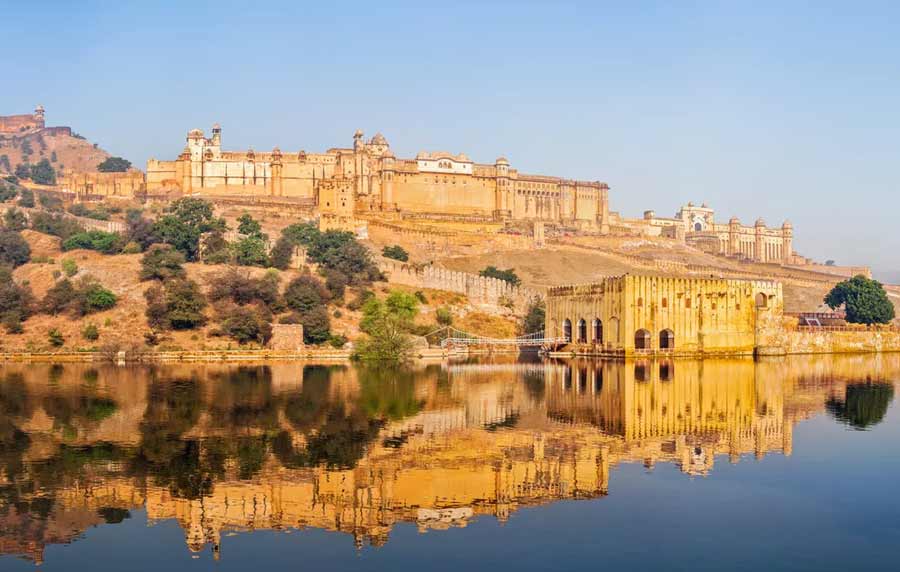Jaisalmer Fort
Rajasthan is very famous for its beauty, sculpture, arts and crafts. It is most popular state all over the world where every tourist wants to visit once in their lifetime. There is a city known as Jaisalmer which is popular for its fort. Among several largest forts, Jaisalmer Fort is one of them and it is located in the Jaisalmer city that is listed as a UNESCO World Heritage Site. It was constructed in 1156 A.D by the ruler ‘Rao Jaisal’.
The fort stands in the mid of the great ‘Thar Desert’ which looks very beautiful. Many battles have been fought at the Jaisalmer fort. Its yellow color walls look as if a lion is standing during the day. When sun sets, it gives the fort golden color in the desert and that is why it is known as ‘Golden fort’. The local people of the city also called the fort ‘Sonar quila’ and it is located as the heart of the city.
UNESCO World Heritage Sites Rajasthan
Rajasthan, in India literally draws its name from the fact that it was once home to the Kings of the country. The royal legacy that the country saw in the Rajput and Mughal eras, led to the development of number of World Heritage Sites in Rajasthan. The numbers of historical monuments of the Royal Rajput and Mughal era are still present in the city. These historical monuments speak of the splendor and the grandeur of the ancient times. The ambience and aura of these sites carry a touch of the Royalty of the Mughal and Rajput rules of the country, which is almost impossible to be repeated today. As a result, the unmatched beauty and grandeur of these sites have made UNESCO to declare and pamper some of them as World Heritage Sites in Rajasthan. Apart from its rich and colorful culture, Rajasthan draws tourists in humongous numbers with its majestic forts and wildlife areas. Some of these places are so significant that these have made it to UNESCO’s World Heritage Site list. The Hill Forts of Rajasthan comprises six magnificent fortresses that have stood the test of time, giving a peek into the state’s storied past and aesthetical evolution. Apart from these, a protected territory and an astronomical observatory are also UNESCO World Heritage Sites.
 +91 9799050299
+91 9799050299 









